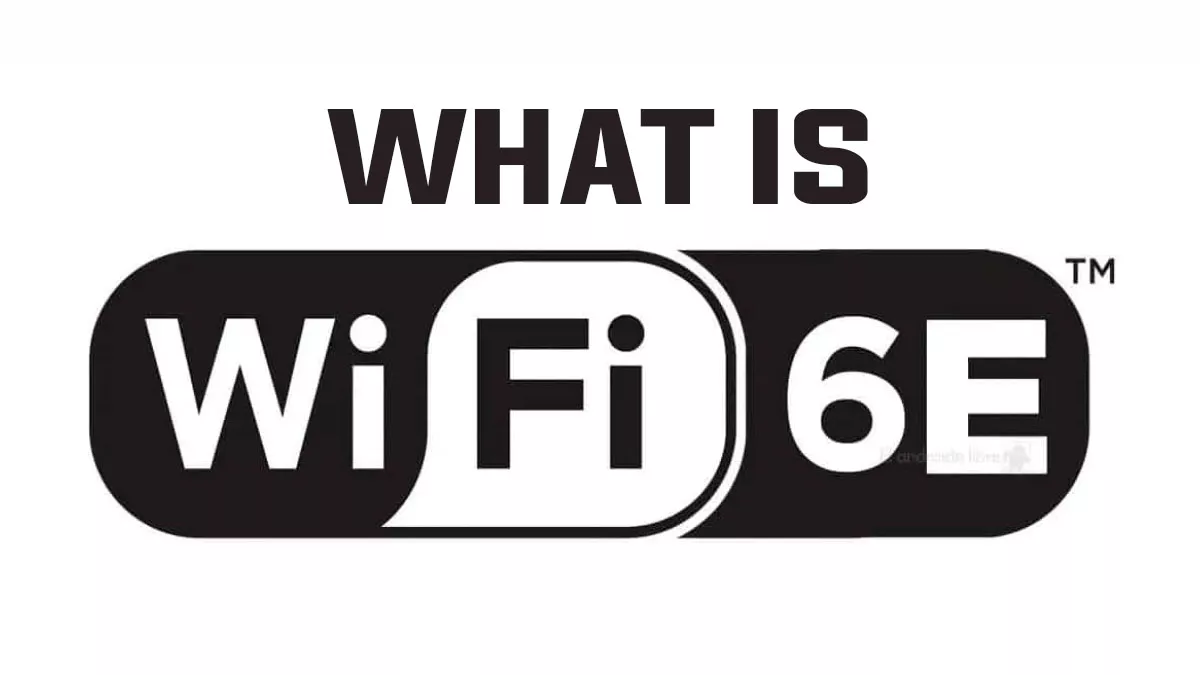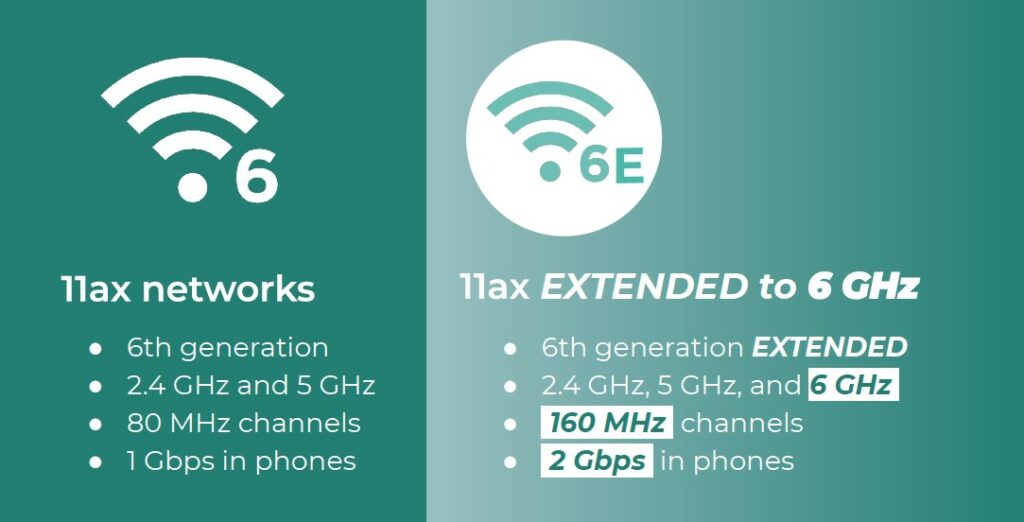What Is WiFi 6E? How Does It Improve Internet Speed?

WiFi 6E is an extension of the WiFi 6 standard (802.11ax) introduced by the WiFi alliance. It uses 6 GHz bands in addition to the currently supported 2.4 GHz and 5 GHz bands. In this article, we will also compare WiFi 6 vs WiFi 6E.
In simple words, WiFi 6E is just WiFi 6 (802.11ax) over 6 GHz. This standard makes slight improvements from WiFi 6 and earlier iterations. Due to this, all WiFi 6 products will get faster speeds and lower latencies.
The new standard will also make it easier to use high bandwidth applications. Meaning people will have a better experience using apps for video streaming, video conferencing, voice calls, etc.
You will need a WiFi 6E-enabled device and access points to take advantage of the 6GHz channels. WiFi 6E devices will also support WiFi 6 and previous WiFi standards.
Note: The WiFi Alliance first introduced the WiFi 6E standard in 2020. The WiFi Alliance is a group of WiFi platform vendors responsible for setting WiFi standards.
How Does it Work?
WiFi 6E has all the WiFi 6 (802.11ax) features, using unlicensed 6 GHz bandwidth. Going from 5GHz to 6GHz might not seem like a small thing, but it increases the airwaves four times.
The new standard adds 14 additional 80 MHz channels and seven 160 MHz channels. So even if multiple people like your family or neighbors are using the same bandwidth, your internet will remain stable.
Moving to 6GHz helps with the increasing amount of WiFi devices competing for bandwidth. The new standard also adds 1200 MHz to the 6 GHz band to give a faster and more reliable WiFi network.
WiFi 6 vs WiFi 6E: What’s the Difference?

WiFi 6E improves on features of WiFi 6 and takes advantage of unlicensed 6 GHz bandwidth. Due to this, it is somewhat better than its predecessors. However, the range of the 6 GHz band is less than the 5 GHz band. The following are some of the advantages of the 6 GHz bandwidth.
- Additional spectrum
- More high-bandwidth channels
- No DFS scanning required
- No legacy (WiFi 3/4/5/6) devices on 6 GHz
- Mandatory Wi-Fi Protected Access (WPA) 3
- shorter range than the 5 GHz band
If you like this simple explainer, check out our Short Bytes section. We take complex tech topics and break them into short, easy-to-understand articles.






